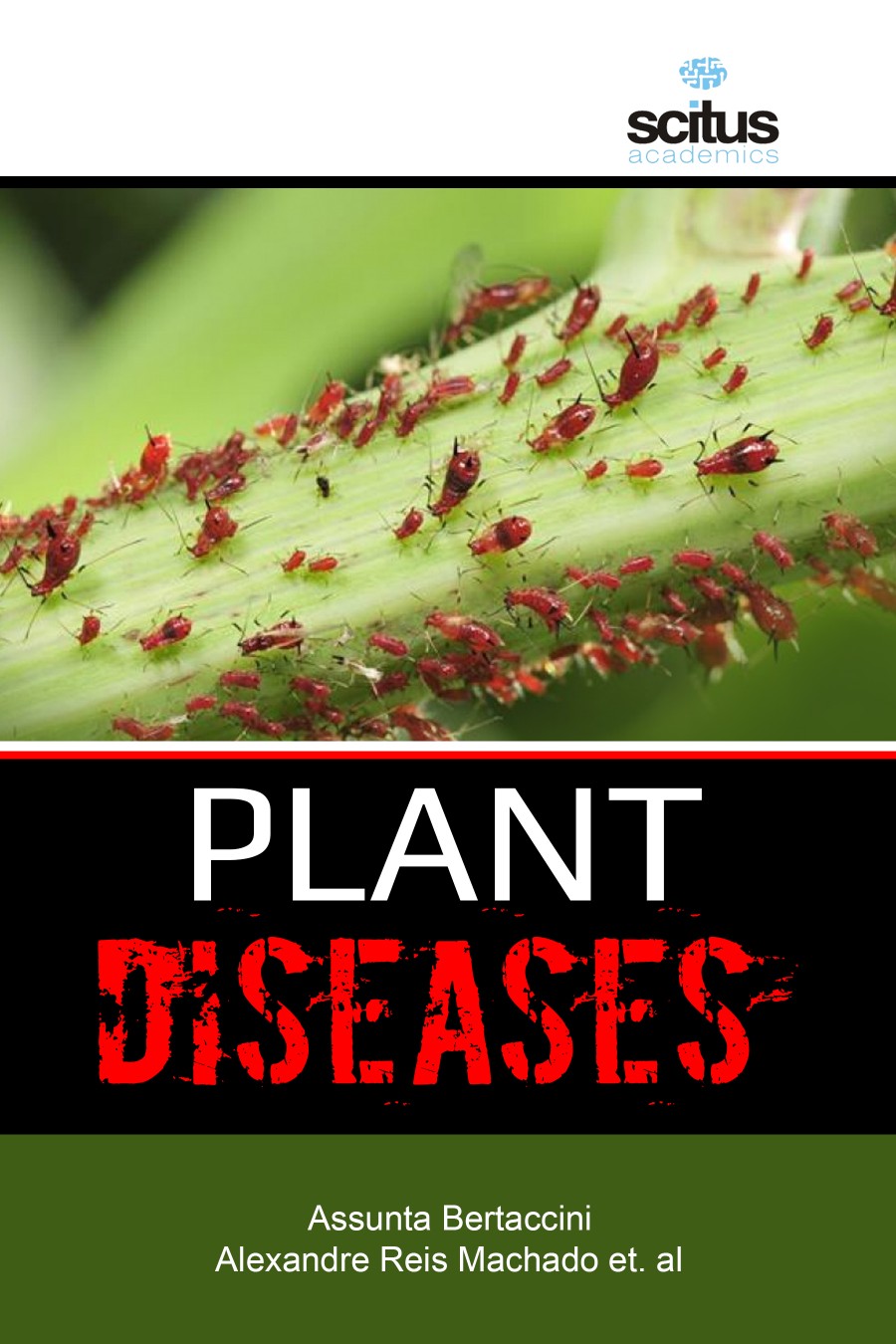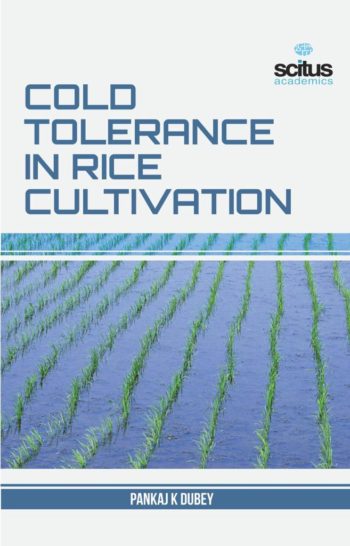Global food security as determined by the balance of global food production and demand has become an important international issue in recent years. In 2008, an increase in food prices brought about a global crisis that caused political and economic instability in some developing countries. It was estimated that the demand for food will continue to increase for another 40 years due to the continuous increase in human population. The projections also indicate that an additional 70% of food production is required by 2050 to meet the needs. Plant protection is the practice of managing weather, weeds, pests and diseases that damage or inhibit the growth of fruit, vegetable and other horticultural crops. Proper crop protection is important to produce higher quality crops with minimal wastage. This increase in productivity leads to less land, water and labor being required for food crops. The decrease in agricultural productivity can be attributed to a variety of reasons; damage caused by pests and pathogens plays a significant role in crop losses throughout the world. The losses in crop yield due to pathogen infections range between 20% and 40%. On average, pathogen-induced losses of maize, barley, rice and soybean are estimated to be around 12%, groundnuts and potatoes are estimated to be around 24% and wheat and cotton are estimated to be around 50% and 80%, respectively.
Plant Diseases covers a wide range aspect of plant protection, including research describing the mode of action and efficacy of pesticides as well as pesticide resistance. Monitoring, forecasting and application technologies are also included. It covers several aspects of plant diseases, pathogenesis, integrated plant protection, biology and molecular biology of viruses, bacteria, phytoplasms, oomycota, fungi and herbivores, including nematodes, mites, insects, snails and rodents. Food losses due to crop infections from pathogens such as bacteria, viruses and fungi are persistent issues in agriculture for centuries across the globe. In order to minimize the disease induced damage in crops during growth, harvest and postharvest processing, as well as to maximize productivity and ensure agricultural sustainability, advanced disease detection and prevention in crops are imperative. This book also reviews the direct and indirect disease identification methods currently used in agriculture.













